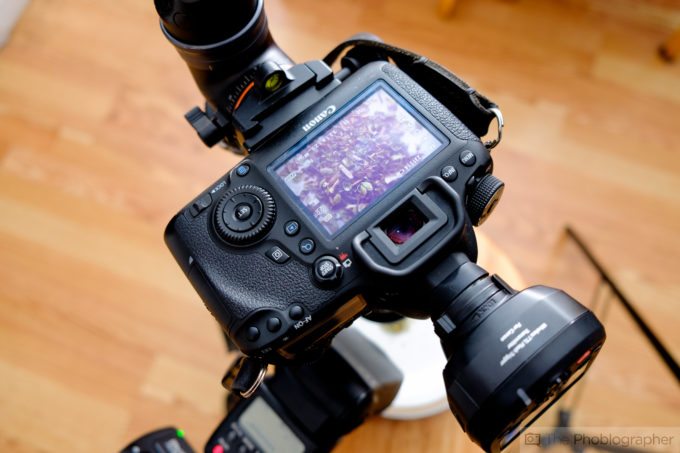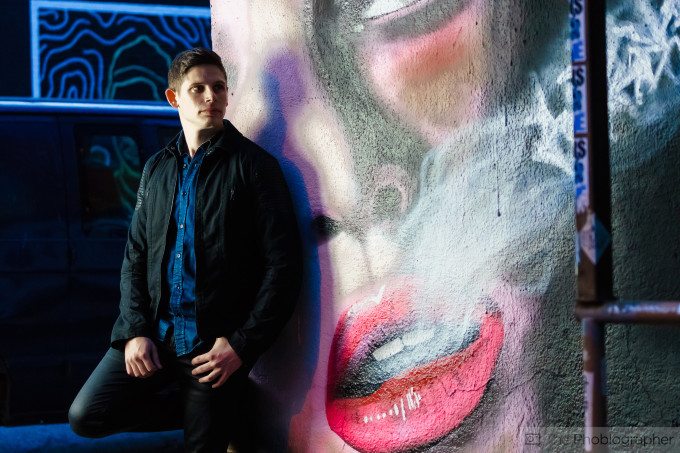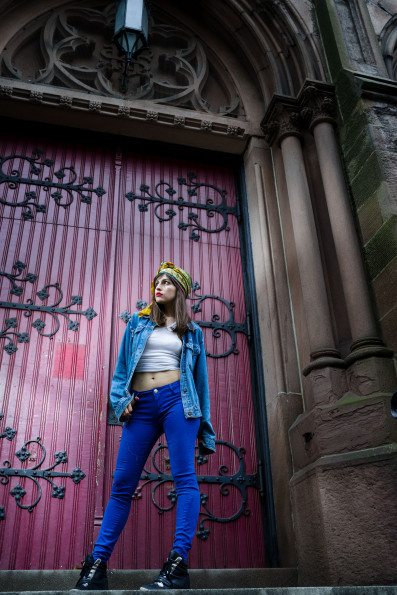“I’m not exactly sure how I can go back,” I said to a photographer the other night in a business dinner. Our conversation briefly touched on using flash and how manual is the way to go over TTL for many applications. For the past year, I’ve been shooting exclusively with manual flash: I guess you can equate it to those projects photographers do involving one lens and one camera or just shooting in manual for a year. But the difference here is that with manual flash, you’re creating your own light and you’re dictating how the scene looks even more so than anything else because you’re adding an extra layer on its final perception.
After spending one year shooting with just manual flashes, it’s something that I recommend almost every photographer try.
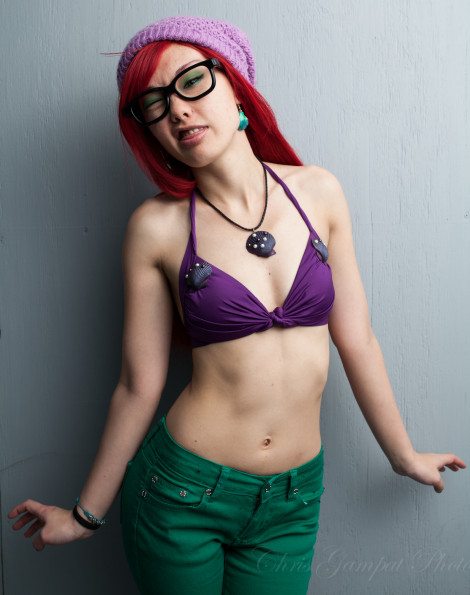
Let’s back up a bit: when I first got into working with flashes, I saved up the money and bought myself a Canon 430 EX II. It was one of the investments I made when I started second shooting weddings years back. All I knew about using it involved using TTL. In the same way that it is for every beginner, shooting with a flash was frustrating, complex, rewarding and annoying. There were weekends where I’d pop into camera stores and ask about the higher end flashes while also asking for advice on how I can do more with what I’ve got. Because they weren’t B&H Photo (not even kidding on that account) the service reps would sometimes belittle me because of my age and how frustrated I became.
With them not giving me the advice I needed, I sought out searching for my own answers. Eventually I realized that I needed to take the flash out of the hot shoe to get the looks in the images that I wanted. So I saved up more money and bought a used Canon 580 EX II off Craigslist. A little while before this, I had purchased a Canon 7D to work with my 5D Mk II as a second camera and a backup body. So now, I had two camera bodies and two flashes–the staple that every pro should really have if you’re actually earning money from your photography.
Eventually, I learned infrared triggering with the flashes. So by using TTL, and infrared triggering I was able to learn how to light a portrait or a scene with the flash off camera. As time progressed, I decided to learn to use manual flash. So I absorbed as much information as I could and overall just experimented around to see the effects, looks, etc. I built my own light modifiers, I played with modifiers, moved onto radio triggers; I had fun. It was cool; and learning to light was genuinely rewarding in helping me to creatively express myself.
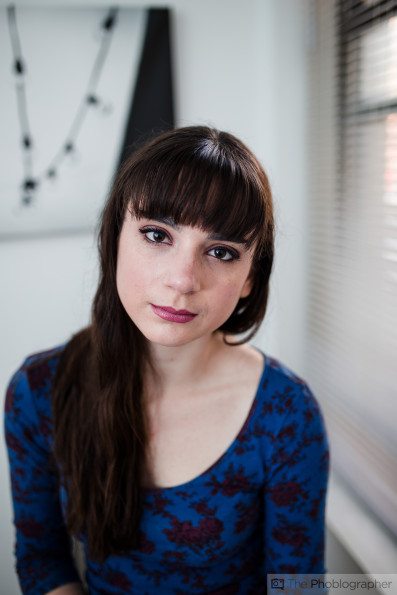
Model: Erica Lourde
As the Phoblographer became a more well developed site, I learned more and tested more gear. While doing this, I realized that flashes and conventional camera metering wouldn’t always give me what I wanted. I, like many other photographers, would shoot in manual and struggle just to ensure that that little blinker light on the exposure meter was dead center. But being dead center isn’t exactly what I wanted even though I realized that that was what the camera thought I wanted according to its metering system. Granted, I figured this out a while before, but it’s even more fascinating when a flash is involved.
This blew my mind even more, so I started to use both TTL flashes and manual flashes more often until I saved up enough money to get myself a Paul C Buff Einstein E640. That light very much changed the way I began to light portraits, food, products, etc. It was awesome; and I started to see my photography progress. At the same time, my own unique creative vision became more refined.
Fast forward to one year ago and at that point I pretty much decided to leave TTL flash to only doing events and occasional weddings/engagements. Manual flash at that point started to help me define my own creative vision even more. To that end, the camera metering system began to mean even less to me. You see, with a manual flash what you’re really looking at is the aperture and the ISO setting. So I’d set the ISO first, figure out how much depth of field I wanted in the image, set the flash accordingly and then look at the light meter to then consider what shutter speed I’d use. You see, shutter speeds control how much ambient light is affecting the final image that you’re trying to create. If I wanted something very shadowless then I’d need to adjust the shutter speed and move it closer to that center metering spot. It’s literally the idea behind high speed sync.
It changed the way I began to work too! No matter what scene I was shooting, I’d always start at ISO 400, f2.8 and 1/160th with the flash set to a quarter power. This is the most common setting that I use around my apartment when I shoot portraits, products or food. If I’m in a brighter or darker area, then I need to make adjustments to the settings accordingly. With time, I got the hang of it. If I didn’t then I’d pull out a light meter. Light modifiers also played a pretty big role here as did the amount of ambient light in the scene. More often than not though, the problem would be a defective or faulty product that I was testing and that was also somehow or another messing with the lighting.
So what did this end up teaching me ultimately? Manual shooting modes aren’t just for the fact that you can have bragging rights to other photographers. It also gives you the absolute fullest control over creating a scene that matches your creative vision straight out of the camera. Aperture priority, shutter priority and program modes aren’t your creative vision–those are modes where the camera makes the decision on how the scene looks. You can always fix that in post–don’t get me wrong; but in the end that just means that you’re capturing a moment instead of trying to take more involvement in how the final image is rendered; which is what I call truly creating an image. When you’ve got full control over the entire scene, then you’re truly exercising and implementing steps to photographing a scene that matches the creative vision in your mind’s eye.
None of this is to at all bash what wedding, event and photojournalists do since they’re the ones who typically use TTL flash output the most. Sometimes though they’ll switch to manual to give them the results that they actually want and need if they have a specific vision. But in the end though, you only really have full creative freedom over a scene if you’re controlling all aspects of the lighting.
Beyond all this, what it will teach you is that the sharpness of a lens or how detailed an image a camera can render mean nothing when you add a flash to the scene because a flash can bring out more details that you’ll ever believe. It’ll breathe new life into your old products. You don’t even need the highest end flashes either, you can go with those little Yongnuo flashes off Amazon. Most importantly though, it’s about developing and having a creative vision; and that means seeing an image in your mind before you actually shoot it.


